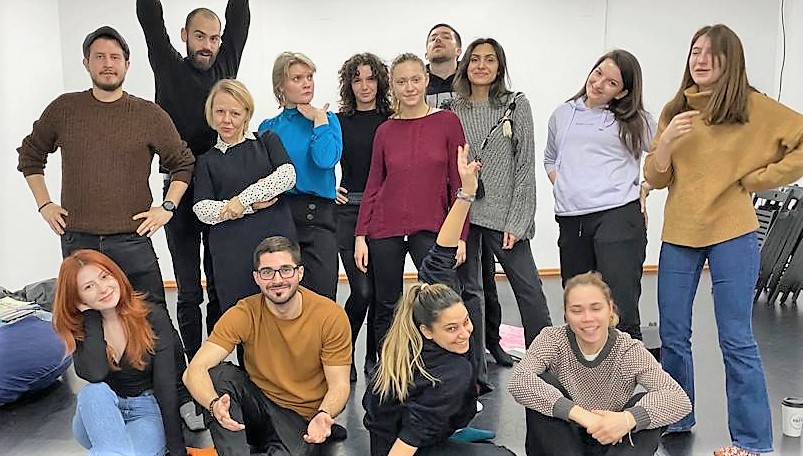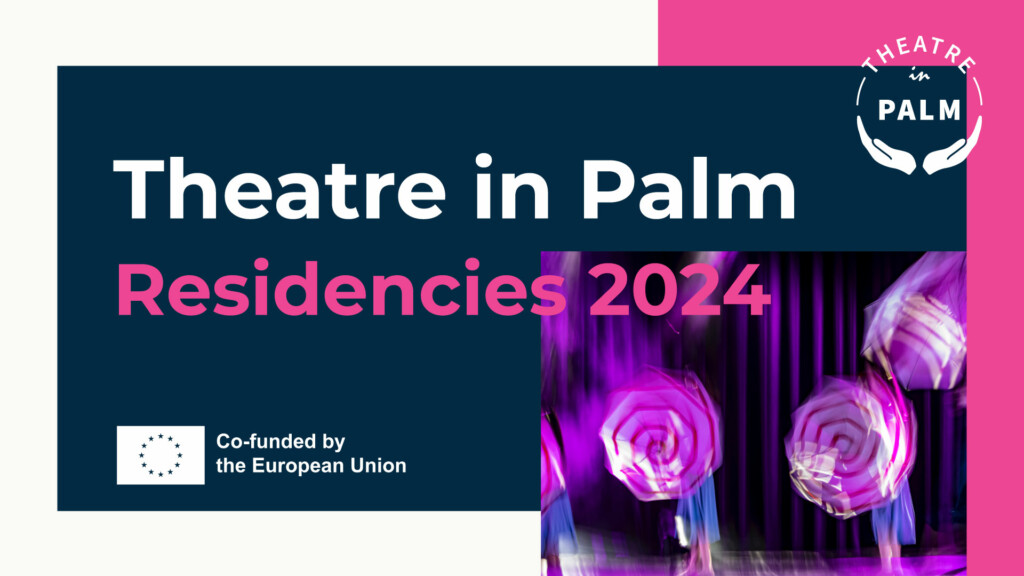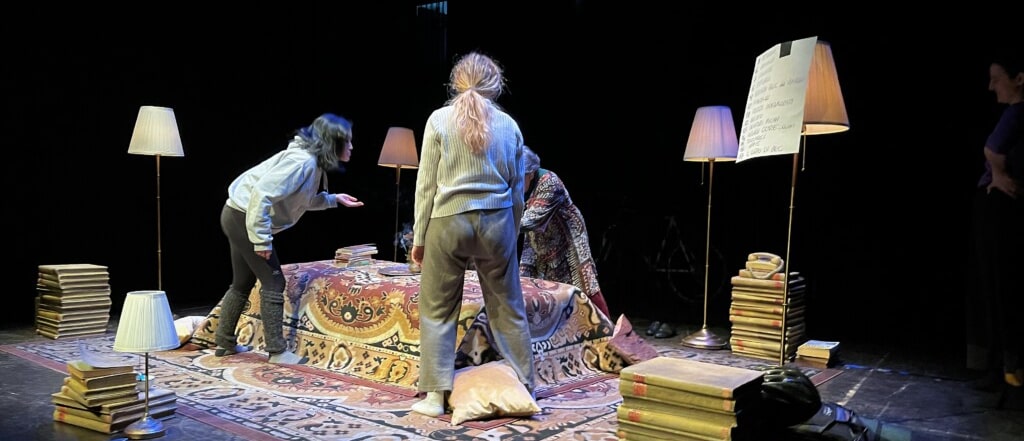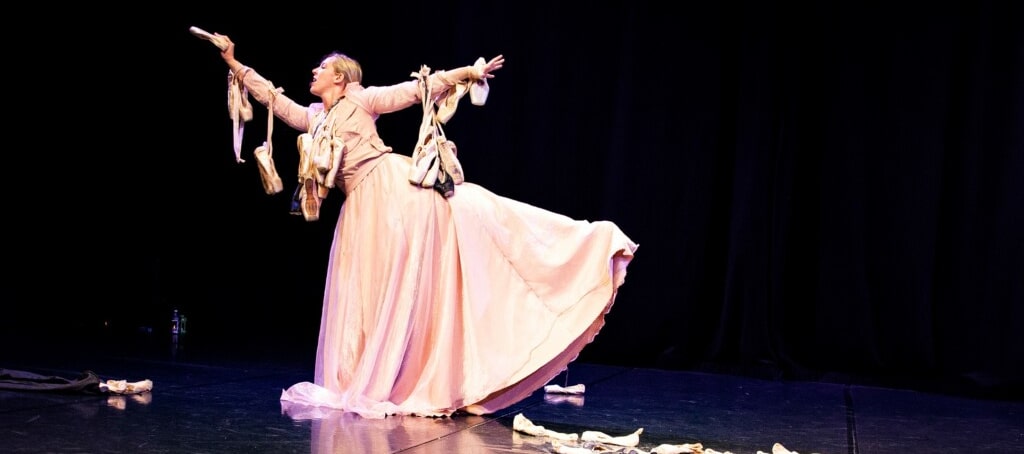Power of stories: Go & See visits in Bucharest and Barcelona

BUCHAREST 15-24.3.2023
As I was packing my luggage for my ten-day trip to Bucharest, I tried to empty my mind of work and responsibilities. When the airplane took off from the airport, I felt how all (ok, some of) my busy thoughts were left behind. Among all other plans for the visit, I was going to perform my solowork at Season at the Attic, a 5th Floor- project in Bucharest. I still needed to figure out some details before the show. One thing at the time, I thought and the next thing was to arrive in Romania.
For my Go & See -visit in Bucharest our host Jean-Lorin Sterian had arranged meetings with artists who work in different fields of performing arts. After the meetings I was warmly welcomed to watch performances and follow rehearsals. Suddenly my schedule for the visit expanded with so many interesting events. I got to meet with professors and students at the National University of Theatre and Film, researchers at the National Center of the Dance and freelance artists, actors and directors in Educational Theater Center Replika and in National Theater of Bucharest. Even my lack of language skills weren’t a problem when enjoying performances in Romanian language.
The common nominator

In these different encounters we discussed work in the theater field, art in general, studies, funding and what kind of similarities and differences we have in our society systems. All this was interesting to know, but for me personally the most interesting part were the emotions that people had when they talked about their work, told their stories and the enthusiasm about their art. Why are we doing art and what keeps us going? What is the power that brings us together?
I was also asked about my own interests and the basis of my art. During these conversations the same theme kept coming up: stories. There is always a story behind your work. Your work can create a story. It can create different stories for different people even though you were not aiming for that. But most importantly whose story are you telling?
BARCELONA 22-31.3.2023
On another Theatre in Palm Go and See -visit finnish theatre student Fiona Syrén spent 10 days getting to know Espronceda Institute of Art and Culture in Barcelona. She participated in a workshop, a public event and an opening of an exhibition. All of these revolved around technology and new ways to utilize it in art. The main themes that rose from all the activities were changing one’s point of view and stepping to other people’s stories. And there it was again; stories. They had studied empathy and finding different connections between people and nature by being immersed in either imaginary universes or worlds that you don’t have personal experience of. What an inspiring and effective way of exploring other people’s stories!
People who have the power, opportunity or the privilege, at any level in their society, should use theatre for bringing out the stories that haven’t been told or seen.
Telling all the stories in the society
As an emerging artist I’m slowly starting to find my ways of working and one of my interests is applied arts or more precisely applied theater. I think that people who have the power, opportunity or the privilege, at any level in their society, should use theatre for bringing out the stories that haven’t been told or seen. One story can have a big and meaningful impact on someone’s life. And how about when you tell a story by using technology for immersive art; what kind of reactions and emotions that can offer to audiences and artists, and what kind of possibilities it creates for bringing up the unseen stories.

It’s also important to know how to use others’ stories; do you affirm harmful structures and conventions, or do you show those in a new light? While telling my own story I think I got close to the core ideas and inspirations for my way of working. Why do I want to tell these stories? What is the urge that keeps me going? The answer is somewhere between the stories and emotions. My practice may change, and I think it should change during my career, but at this moment it’s something that I can explore. Maybe I have to go and see other environments to find out what I am working on in my daily life. Maybe that is a cliché, but isn’t it a cliché for a reason?
The answer is somewhere between the stories and emotions.
The best part
And how did the story about my solo performance end? Well, I figured out the last details in the rehearsals and the show went great. After the show the audience were invited to discuss the performance and we had a memorable moment at the attic. Even though I enjoy performing, that wasn’t the best part of the evening. The best part was the feelings and stories that people wanted to share. When the airplane took off from Bucharest airport, I took all the stories home with me.
The writer Kaisa Kauppinen is a Finland-based theatre artist.
Description of the visit in Barcelona: Fiona Syrén, theatre student



